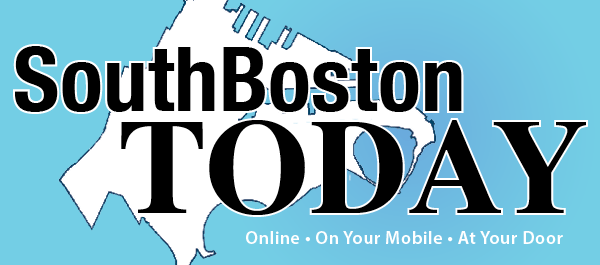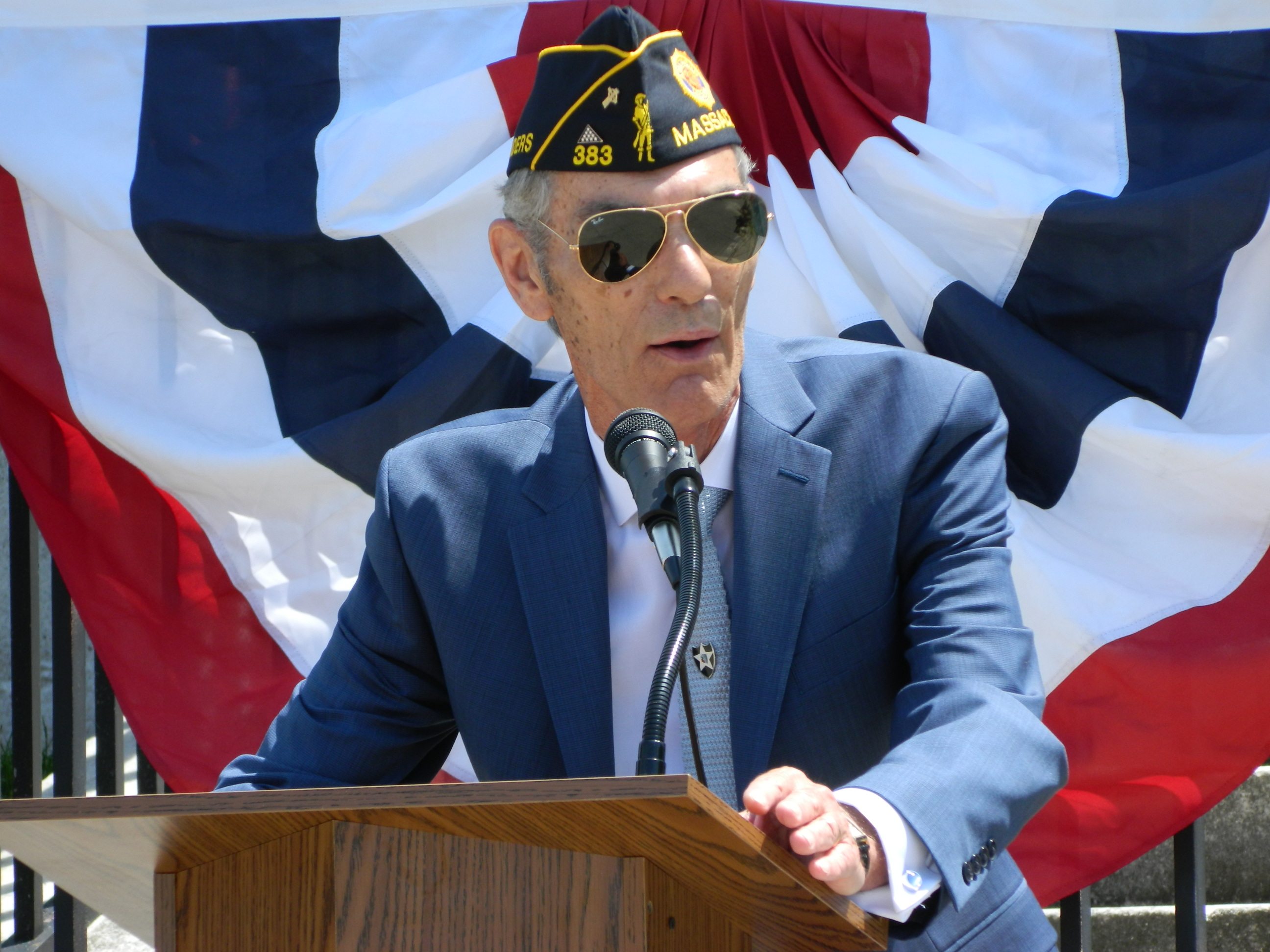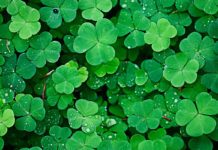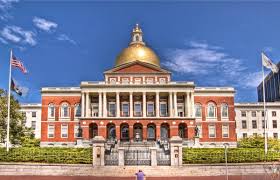 The late Brian R. Mahoney left an indelible mark on this community, especially in his devotion to our traditions, as both a veteran and civic leader. His chronicling of our history is immortalized through this newspaper. South Boston lost one of its favorite sons, suddenly and sadly just three short months ago. Please enjoy the first of a three-part series about the history of Evacuation Day that Brian originally penned in 2011. It is only fitting that we honor his memory in the lead up to one of his fondest endeavors – THE PARADE.
The late Brian R. Mahoney left an indelible mark on this community, especially in his devotion to our traditions, as both a veteran and civic leader. His chronicling of our history is immortalized through this newspaper. South Boston lost one of its favorite sons, suddenly and sadly just three short months ago. Please enjoy the first of a three-part series about the history of Evacuation Day that Brian originally penned in 2011. It is only fitting that we honor his memory in the lead up to one of his fondest endeavors – THE PARADE.
 “Battle for Boston”
“Battle for Boston”
(First Printed 2-10-2011)
Recently, while watching the History Channel series on the American Revolution, the episode of the evacuation of Boston was aired. The narrator summed up the event by intoning, “Thus the British woke up, surprised at the cannons positioned on the hill and evacuated the city without a shot being fired.”
South Boston Today, over the next 3 weeks, is proud to print the most complete and accurate account of this event ever produced. We are honored to remember and print for the first time in over 200 years, the names of the very first casualties in the history of the American Armed Forces. We are determined to do our duty and correct the historical record of Gen. Washington and the American Nations first victory.
For most of its history, South Boston has always been identified as an Irish community. Growing up, I remember people jokingly calling it, “Ireland’s 33rd County”.
During most of its 200 plus year history, it has had a predominately Irish population. Those of us, who have grown up or live here, however, know that its merchants, athletes, scholars and leaders have always been drawn from every ethnicity under the sun. That same wide-ranging mix was present during the fortification of the “Heights” and is with us today.
The Battle for Boston is one of the most misunderstood and least appreciated acts of our American Revolution. Our story should probably start at the Battle of Bunker Hill in Charlestown. To paraphrase the British Commanding General Howe, “Many more victories like this and our army will be destroyed.”
The strategic importance of the Hills or Heights surrounding Boston had long been apparent before that bloody engagement. The arrogance and contempt the British held for their “Yankee Doodle” cousins, however, caused the British to underestimate the necessity of the prompt securing and fortifying of these Hills and Heights. Even after the Battle of Bunker Hill, South Boston (Dorchester Neck), was primarily grazing land for cattle and was sparsely populated by approximately 12 families.
Though they still didn’t occupy, the British became more aggressive and warlike toward the small South Boston population. A series of raids by the British over the next 8 months led to the capture of at least six rebel soldiers and the burning of houses and barns. Among the properties burned was the Wiswell Estate near “Bush Tree Hill (M Street Park), the Jones Estate at K and First Streets and Blake Estates near Farragut Road and the Foster property between F and D Streets. Combined with harassing fire from British held Castle William (Castle Island), South Boston was soon evacuated and left empty by the people. If it had remained that way, it is conceivable that our National Anthem today would be “God Save the Queen”.
Fate and destiny, however, had other plans for South Boston and America, Destiny’s Child in this tale was a Boston bookseller named Henry Knox. Knox, friend and advisor to General Washington, was commissioned a Colonel of Artillery in November of 1775. At the same time, the “Green Mountain Boys,” commanded by Ethan Allen, (and accompanied by a Massachusetts Colonel named Benedict Arnold) captured Fort Ticonderoga and its cannon. Located in Upstate New York, Ticonderoga is an Indian name meaning, “Between Two Lakes”. It is situated between Lake George and Lake Champlain up by the Canadian border. Washington needed its cannon for his plan and this was Knox’s mission. A mission, in the dead of winter, Knox was determined to accomplish.
So began one of the epic journeys in military history. With snow, sleet and howling winds, from Lake Champlain, over the Allegheny and Berkshire Mountains, through Great Barrington and Western Massachusetts, Col. Knox was able to transport these cannon, by oxen, through the roadless wilderness. Knox later wrote that the cannons had to be dragged up and over, “Mountains from which we might have seen all the kingdoms of the Earth.” Imagine driving those oxen through the icy wilderness wearing those heavy, soggy, frozen, woolen, revolutionary uniforms. 1775 was one of the coldest up to that time.
Toward the end of January 1776, Colonel Henry Knox was able to write to General Washington from Framingham that, “A noble train of artillery,” consisting of 59 pieces was ready to be turned over to the American Army at Cambridge. In late February, some 35 cannon were brought from Cambridge to Roxbury. Then, when March began, the cannon were brought from Roxbury to the area we now call Andrew Square.
Today, South Boston rises towards the middle and eastern end with large tracts of flat land on north and south coasts on the West End. Back then, the ocean on the south came up to almost Eighth Street. Moakley Park did not exist. It was water. On the north “A” Street met the Ft. Point Channel and the ocean came almost up to Second Street. Farragut Road was the shore between the ocean and Castle Island. The land itself had steep rises and deep gullies and had five points prominent above all others.
The first point is what we know today as the Dorchester Heights. Then it was actually two high points called the “Twin Hills”. Just behind Perkins Square, a long, sloping, rocky hill began its climb, reaching its high point around Dorchester Street and Emerson Street. This hill reached as far west as the City parking lot on West Broadway and it was known as “Leek’s Hill”. M Street Park, before it was flattened, was known as “Bush Tree Hill” and towered over the Harbor looking directly toward the British warships anchorage. At the extreme easternmost point, the land rose to about 40 to 50 feet above the ocean at what today is Farragut & Broadway. At that time, it was called “Dorchester Point”. Finally, all the way to the west at what is now “B” & West 3rd Street stood a hill probably topping at 125 feet known alternately as “Foster’s Hill” or “Nook Hill”.
These five hills or heights were the reason and the final destination of Knox’s miraculous journey. The difficulties of this journey are wonderfully depicted in the oil paintings adorning the walls of the former South Boston Savings Bank, now Bank of America. Stop in the bank and check them out.
Part II next week. Take care till next week.












